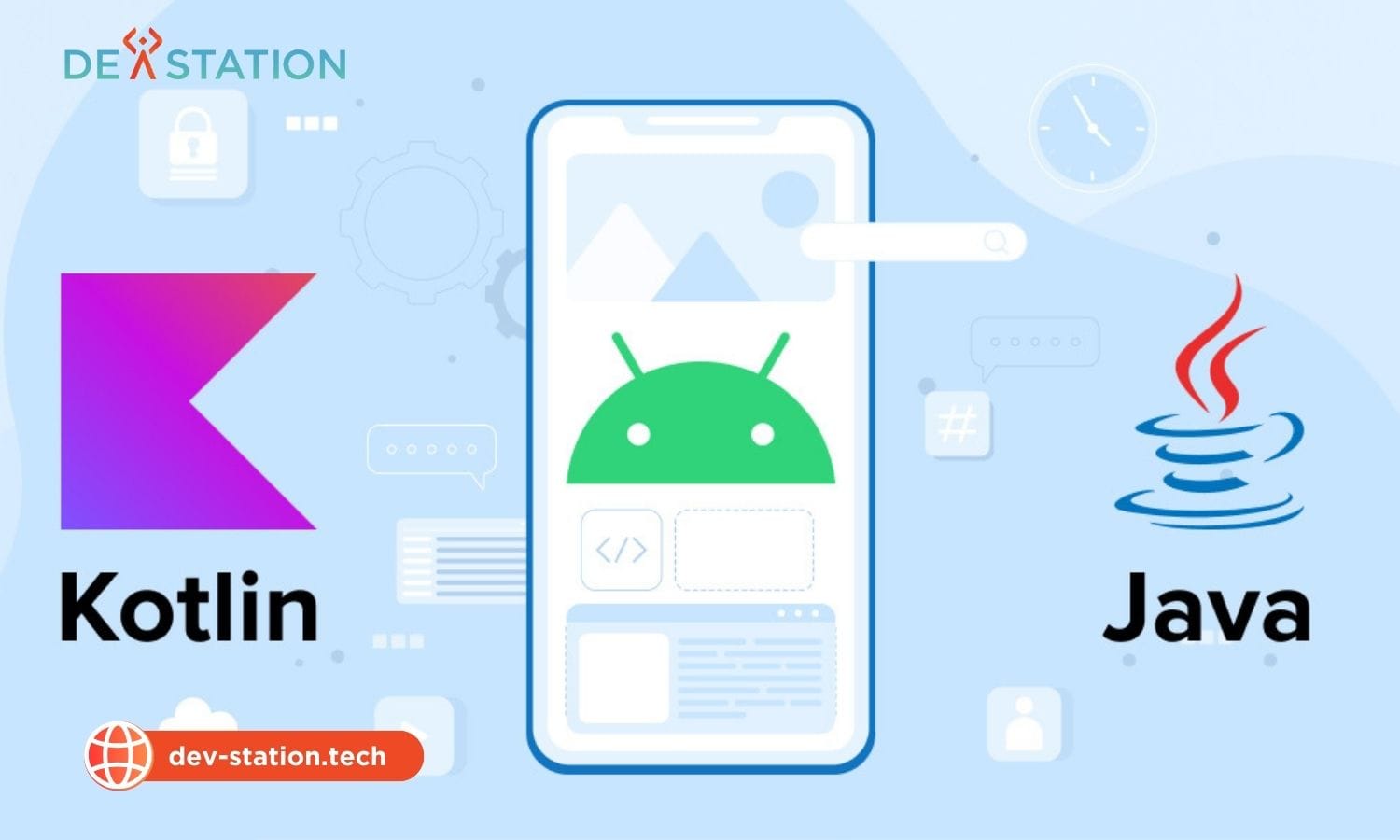SCADA IoT integration merges traditional industrial control with modern, data-rich internet technologies, creating a unified system for enhanced operational intelligence and control. At dev-station.tech, Dev Station Technology helps you bridge this gap to unlock unprecedented efficiency, moving beyond localized process control to achieve enterprise-wide visibility and predictive insights with hybrid IIoT platforms.
Contents
ToggleWhat Are The 3 Key Differences Between SCADA and IoT?
The three fundamental differences between SCADA and IoT lie in their architecture, data focus, and communication protocols. SCADA is a centralized system designed for real-time process control with proprietary protocols, whereas IoT is a decentralized, cloud-centric system focused on large-scale data collection and analysis using standard internet protocols.
For decades, Supervisory Control and Data Acquisition (SCADA) has been the bedrock of industrial automation. These systems are the command-and-control centers for critical infrastructure, from power grids and water treatment plants to manufacturing assembly lines. They are designed for reliability, safety, and deterministic control over operational technology (OT). However, the rise of the Industrial Internet of Things (IIoT) has introduced a new paradigm focused on data, connectivity, and enterprise-wide intelligence.
Understanding their core distinctions is the first step for any organization looking to modernize its legacy systems. While SCADA excels at localized, real-time command, industrial IoT systems offer the data-driven insights needed for broader business optimization. The key is not to see them as competitors, but as two powerful technologies that, when combined, create a system far greater than the sum of its parts. Let’s explore these foundational differences in more detail.
| Aspect | SCADA Systems | IoT Systems |
|---|---|---|
| Architecture | Typically centralized and monolithic. A master control unit communicates with a limited number of Remote Terminal Units (RTUs) and Programmable Logic Controllers (PLCs) in a closed, hierarchical network. | Decentralized and distributed. A vast number of smart sensors and devices connect directly to a cloud platform, often via gateways, enabling a more flexible and scalable network topology. |
| Primary Focus | Process Control and real-time monitoring. SCADA’s main purpose is to ensure the reliable and safe operation of machinery and industrial processes with minimal latency. It is task-oriented. | Data Collection and Analysis. IoT’s main purpose is to gather massive volumes of data from countless sources, send it to the cloud, and perform analytics to uncover insights, predict outcomes, and optimize business strategies. |
| Communication | Uses proprietary or industry-specific protocols like Modbus, DNP3, and Profibus. These are designed for reliability and determinism within a closed operational network and often require specialized hardware. | Employs standard, open internet protocols like MQTT, CoAP, and HTTP/S. This allows devices from different manufacturers to communicate easily and leverages existing IT infrastructure, reducing costs and complexity. |
Why Should You Modernize Your SCADA System With IoT?
You should modernize your SCADA system with IoT to move beyond simple operational control and unlock data-driven decision-making. This integration enhances efficiency, enables predictive maintenance, and provides remote accessibility, transforming your legacy system into a smart, scalable, and cost-effective industrial automation platform.
Traditional SCADA systems, while incredibly reliable for control, are often information silos. The data they collect typically stays within the operational technology (OT) network, used primarily for immediate control and historical logging on a local historian server. Modernizing with IoT breaks down these silos. The global Industrial IoT market is exploding, with projections estimating it will reach nearly USD 1.7 trillion by 2030, growing at a CAGR of 23.3%. This growth is fueled by the tangible benefits that IoT integration brings to legacy systems.
By integrating IoT, you augment your SCADA system with the power of the cloud. This allows you to collect more granular data from a wider array of sources and leverage advanced analytics, machine learning, and AI.
For example, a standard SCADA system might alert an operator that a pump has failed; an IoT-enhanced system can analyze vibration and temperature data to predict that the pump will fail in two weeks, allowing for scheduled maintenance that prevents downtime. Research indicates that predictive maintenance can reduce equipment downtime by 30-50% and increase machine life by 20-40%.
Moreover, modernization addresses the growing need for remote operations. A traditional SCADA system requires operators to be on-site or connected via a proprietary network. An IoT-integrated system allows authorized personnel to monitor and manage operations securely from anywhere in the world via a web browser or mobile app, a crucial capability in today’s global and remote-first work environment.
How Does Integrating SCADA and IoT Bridge The OT and IT Gap?
Integrating SCADA and IoT bridges the gap by creating a secure data pipeline between the Operational Technology (OT) world of physical processes and the Information Technology (IT) world of enterprise data analytics. IoT acts as the translator, converting proprietary OT protocols into standard IT protocols, making operational data accessible for business-level insights.
Historically, IT and OT teams have operated in separate worlds. The OT team focuses on the reliability and safety of physical industrial control systems, prioritizing stability over innovation. The IT team focuses on data, security, and enterprise systems, often with rapid update cycles. This cultural and technological divide has been a significant barrier to digital transformation. According to a 2024 report, only 5% of organizations report having full visibility of OT activities within their central cybersecurity operations, highlighting this dangerous disconnect.
IoT serves as the essential bridge. An IoT gateway device can communicate with SCADA components (like PLCs) using their native OT protocols (e.g., Modbus, OPC UA) on one side. On the other side, it speaks the language of IT, securely transmitting that data using standard protocols like MQTT and HTTPS to a cloud platform. This creates a secure, one-way or bi-directional flow of information.
This convergence allows data from the factory floor to inform business decisions in real time. For example, production data from a SCADA system can be fed directly into an ERP system via an IoT platform, automatically updating inventory levels and financial forecasts. Similarly, energy consumption data can be analyzed to optimize procurement strategies. This fusion of operational data with business context is the core of Industry 4.0 and smart iot in manufacturing.
What Is The Step-By-Step Process For Creating a Hybrid SCADA-IoT Solution?
Creating a hybrid SCADA-IoT solution involves a structured five-step process: assess your existing SCADA infrastructure, deploy an IoT gateway for data translation, establish a secure cloud connection, develop a data processing and visualization layer, and finally, create feedback loops for control and automation.
Integrating IoT with a legacy SCADA system is not a rip-and-replace process but a strategic enhancement. Following a clear, phased approach ensures a successful and secure modernization project. At Dev Station Technology, we guide our clients through this journey, ensuring minimal disruption and maximum value.
- Step 1: Assess and Identify Key Data Points. Before adding any new technology, you must understand your current system. Identify the critical data points within your PLCs and RTUs that would provide the most value to the broader business. This could be production counts, machine status, energy consumption, or quality metrics. Prioritize data that can help solve a specific business problem, such as reducing unplanned downtime or improving product quality.
- Step 2: Deploy an IoT Gateway for Data Acquisition. The IoT gateway is the heart of the integration. This device sits on the edge of your OT network and is responsible for the crucial task of data acquisition. It communicates with your SCADA devices using their native protocols and translates the data into a lightweight, IT-friendly format like MQTT. This step often involves some level of edge computing to buffer or pre-process data locally.
- Step 3: Establish Secure Cloud Connectivity. The gateway sends the translated data to a cloud IoT platform. Security is paramount here. The connection must be encrypted (using TLS, for example), and the platform should have robust authentication and authorization mechanisms to ensure only trusted devices can connect. A well-executed cloud integration is foundational for a secure hybrid system.
- Step 4: Configure Data Processing and Visualization. Once data is in the cloud, you can harness its power. Configure the IoT platform to process, analyze, and visualize the data. Create dashboards that display key performance indicators (KPIs) for business stakeholders. Set up rule-based alerts that can send notifications (via email or SMS) when anomalies are detected, moving beyond the local HMI to enterprise-wide notifications.
- Step 5: Implement Feedback and Control (Optional but Powerful). The most advanced hybrid systems create a bi-directional data flow. Insights from cloud analytics can be sent back down to the SCADA system to optimize processes. For example, a machine learning model in the cloud could calculate the optimal setpoint for a machine based on various factors and securely send that command back to the PLC via the IoT gateway. This closes the loop, creating a truly smart and automated system.
What Are The Benefits Of Moving SCADA Functions To The Cloud?
Moving SCADA functions to the cloud delivers superior scalability, advanced data analytics capabilities, enhanced accessibility for remote operations, and a lower total cost of ownership by shifting from high capital expenditure on local servers to a predictable operational expenditure model.
While the core, deterministic control of a SCADA system will likely always remain local for safety and speed, many of its supervisory functions can be migrated to the cloud with significant advantages. The adoption of cloud computing in the manufacturing industry is surging, with the market projected to reach USD 211.7 billion by 2032. This trend is driven by clear benefits:
- Unlimited Scalability and Storage: On-premise SCADA historians are limited by the physical server’s storage capacity. A cloud platform offers virtually limitless storage for historical data, allowing for long-term trend analysis and machine learning model training.
- Advanced Analytics and AI: Cloud platforms provide easy access to powerful analytics services, AI, and machine learning tools that are difficult and expensive to implement on-premise. This enables capabilities like predictive maintenance and process optimization on a scale that traditional SCADA cannot match.
- Centralized Multi-Site Management: For enterprises with multiple facilities, a cloud-based SCADA solution provides a single pane of glass to monitor and compare the performance of all sites. This unified view is nearly impossible to achieve with isolated, on-premise systems.
- Reduced IT Overhead and Cost: By moving data storage and application hosting to the cloud, you eliminate the costs associated with purchasing, maintaining, and upgrading on-premise servers. This shifts the financial model from a large upfront capital expense (CapEx) to a predictable operational expense (OpEx). Studies have shown cloud adoption can boost profits by up to 20% by reducing IT maintenance and energy costs.
How Can Dev Station Technology Help You Achieve Seamless Integration?
Dev Station Technology provides end-to-end expertise to seamlessly integrate your SCADA and IoT systems. We handle everything from gateway selection and secure cloud architecture to custom dashboard development and data analytics, ensuring your legacy systems are transformed into modern, intelligent industrial automation platforms.
The convergence of SCADA and IoT is not just a technological upgrade; it is a strategic business transformation. It requires expertise in both the OT and IT domains. At Dev Station Technology, we specialize in bridging this gap. Our team of experts understands the nuances of industrial protocols and the demands of mission-critical control systems. We also possess deep expertise in cloud platforms, data science, and secure application development.
We believe the future is not SCADA versus IoT, but SCADA and IoT working in harmony. By preserving the real-time control and reliability of your existing SCADA assets while layering on the data collection, analytics, and connectivity of IoT, you create a powerful, future-proof industrial ecosystem. This hybrid approach allows you to maximize the ROI of your current infrastructure while preparing your organization for the next wave of industrial innovation.
Are you ready to modernize your industrial operations and unlock the true potential of your data? Contact Dev Station Technology to learn more about our hybrid SCADA and IoT solutions. Visit our website at dev-station.tech or email us directly at sale@dev-station.tech to schedule a consultation.





